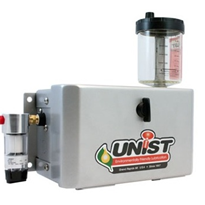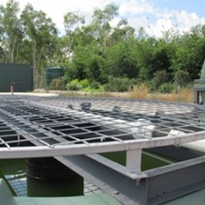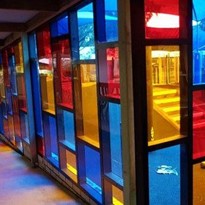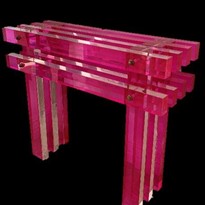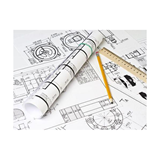We have always prided ourselves in keeping pace with, or even driving, the use of technology in the classroom. In the Technology and Design Department we work hard at making the latest technology available to the students whenever possible.
At Trinity, we now have good access to some great emerging technologies that few other schools have. These include two CNC routers which are used for 3D modeling by our design students, and by the Design Challenge students to produce their F1 cars. We also have a laser cutter which is used extensively by most of the students from Years 7 to 12 in the production of their projects. These technologies have enabled our students to produce a more extensive variety of projects to a much greater level of quality and complexity.
One of the most exciting emerging technologies that has been implemented in the last few years is what is called Rapid Prototyping. This is a process where a three dimensional image from a CAD (Computer Aided Design) drawing is transformed into a prototype (product) by a variety of processes depending on the type of machine being used.
Trinity has recently acquired a rapid prototyping machine called a 3D printer. Basically this machine prints layers of molten plastic to build up a final product. The advantage of this machine is that it allows the production of complex objects (generally as prototypes) that would normally be extremely difficult to produce.
Objects can be "printed", working straight out of the machines. For example, an adjustable spanner could be printed from a drawing; the spanner works straight from the machine so its use can be evaluated. Objects with external and internal threads can be printed so that the parts screw together etc. We have already been able to make good use of our 3D printer with our current Year 12 HSC Design and Technology students, with three of them producing their final products from the printer.
Adam Van Der Leeden (12Ta) has developed an innovative tent peg that uses a helix (thread) shape which allows it to be driven in and taken out of the soil using a cordless drill. Its complex shape made it difficult to produce by hand but was easily done using the 3D printer.
Christopher Matthias (12Ke) has produced an adjustable power board that swivels to allow for different positions needed. This machine allowed him to make the parts that fitted together straight from the machine. Matthew Antunes (12Ta) designed a bracket that allows a tool pouch to be held on the handle bars of a motocross bike.
Students experiencing these technologies at Trinity Grammar are now confidently moving into their tertiary training with the advantage of being able to use the technology that is now becoming an everyday part of Engineering and Design courses worldwide.


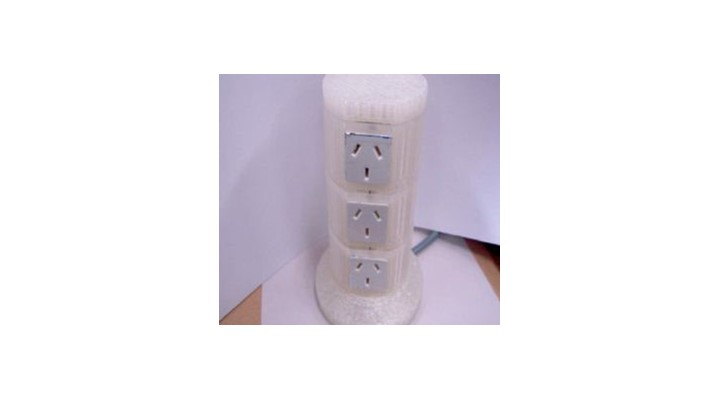
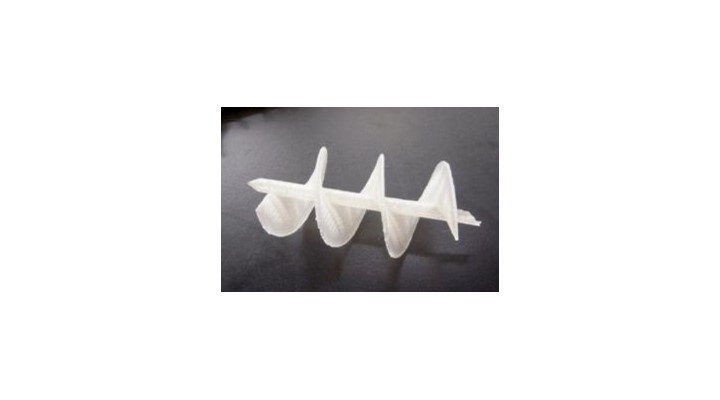
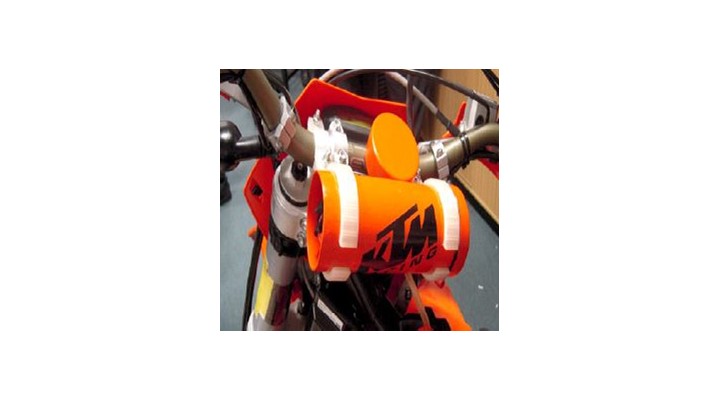
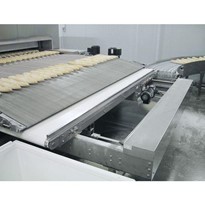

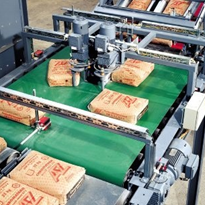

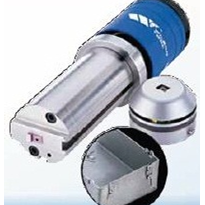
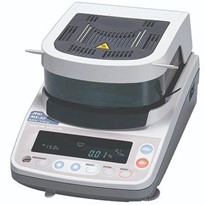
-205x205.jpg)
